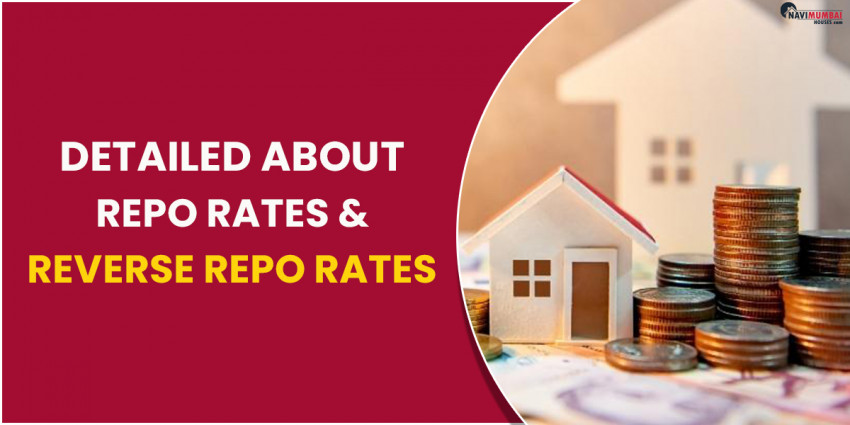
Have you ever given any attention to the process a bank uses to determine the interest rates on loans or savings instruments? The interest rate for customers is determined by the Central Bank of India's Reserve Bank, which loans money to commercial banks at a set rate. The Monetary Policy Committee (MPC) announces monetary policy every few months. Due to the corona virus epidemic, RBI held the repo rate same for the last two years. The repo rate was raised from 4.40 % to 4.90% and the reverse repo rate was lowered to 3.35 % in June 2022, respectively.
The modest decline during the current quarter is due to macroeconomic issues that have an impact because we live in a much linked society. The benchmark interest rate rise by the US Federal Reserve, which is now 0.75 %, is the largest since 1994 and has had a significant impact on international markets. Due to this, the Reserve Bank of India (RBI) increased the REPO rate by 50 basis points, which prompted most Indian banks to raise the interest rates on house loans, increasing the cost of mortgages.
Meaning of Reverse Repo Rate and Repo Rate
The Monetary Policy Committee (MPC) makes decisions about the Repo Rate and Reverse Repo Rate during its bi-monthly meetings. The Governor of the Reserve Bank of India is in charge of the Monetary Policy Committee. Let's examine the definitions of repo rate and reverse repo rate.
Repo Rate
The phrase "repo rate" refers to the price at which the Reserve Bank of India (Central Bank of India) loans money to commercial banks in the case of a cash shortage. It is also known as a repurchasing option of repurchasing agreement.
The same rate is also applied to control inflation. If there is inflation, the RBI raises the repo rate to deter commercial banks from borrowing money from the Indian Central Bank. Commercial banks' refusal to accept funds from central banks limits the amount of money in circulation and aids in the management of inflation. If there is no inflation in the nation, on the other hand, the opposite position is adopted.
Reverse Repo Rate:
The rate at which Indian commercial banks lend money to the RBI is the definition of the term "reverse repo rate." The Monetary Policy Committee determines it at a bimonthly meeting. The rationale for the commercial bank's borrowing is that, in exchange, RBI will grant them a competitive interest rate on any excess funds. The reverse repo rate and money supply are inversely correlated; when the reverse repo rate falls, the money supply rises and vice versa.
What Distinguishes The Repo Rate and The Reverse Repo Rate?
Repo rate and reverse repo rate are different in that:
The rate at which the RBI loans money to commercial banks is known as the repo rate.
Reverse repo rates, on the other hand, are the rates at which commercial banks can deposit surplus cash with the Reserve Bank of India and get interest in return.
These rates are yearly compounded.
A Repo Rate Example Is Shown Below:
For instance, if HDFC Bank borrows Rs 10 crore from RBI at a rate of 4.40 %, HDFC Bank would be required to return Rs 10.24 crore at the end of the year.
A Reverse Repo Rate Example Is Provided Below:
For instance, if Axis Bank deposits Rs 10 crore in excess cash with RBI at a rate of 3.35 percent, it would receive Rs 10.34 crore back from RBI after a year.
Source from: navimumbaihouses





